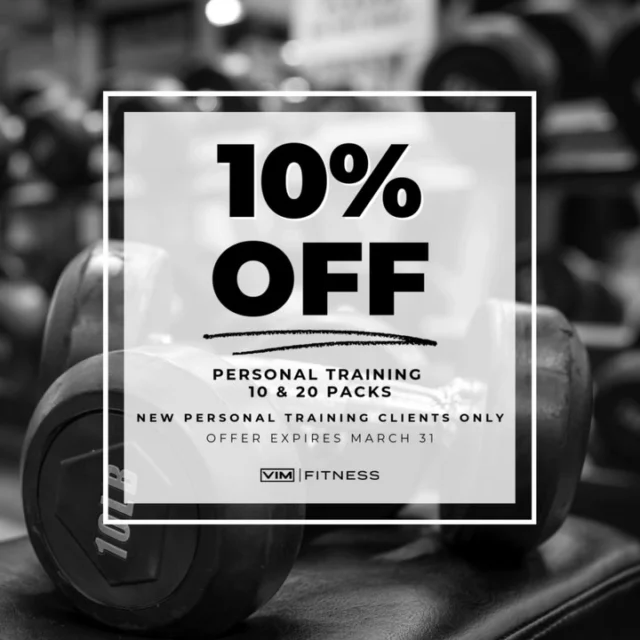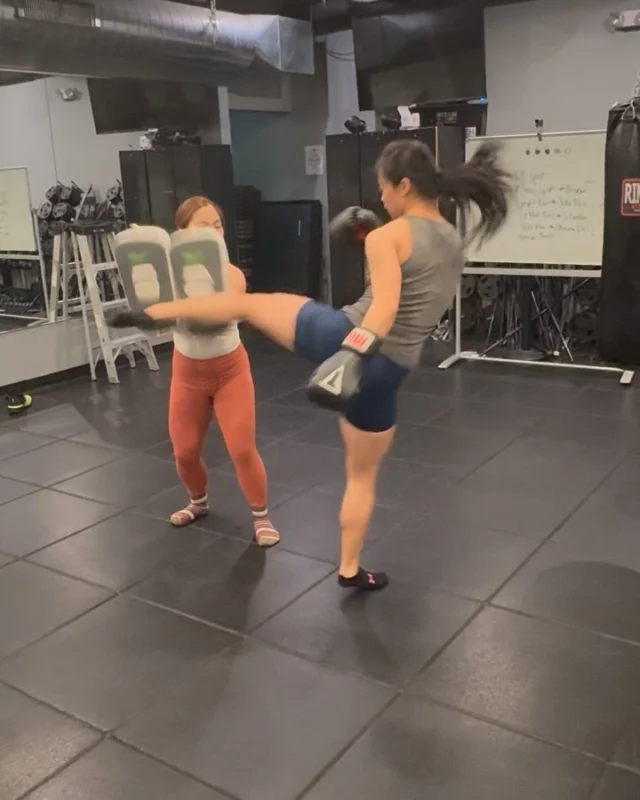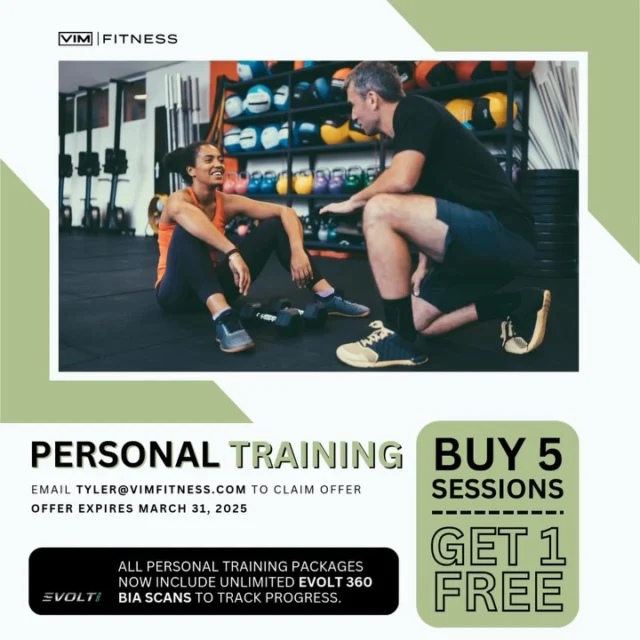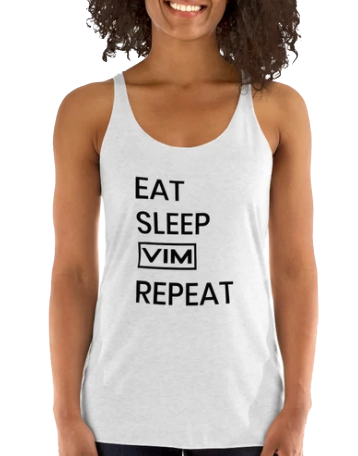Are you looking for a way to ensure that you hit your goals this year? Do you feel that you need help with goal setting strategies that really work? If so, then you need to start by learning all that you can about the goal setting process with goal setting tips that you can apply right away.
Setting goals just for the sake of setting them won’t do any good. It requires action to turn them into a reality! It’s all about setting yourself up for success by providing actionable steps.
See below for an in-depth guide listing several goal-setting tips. These will help you envision yourself obtaining your goals and battling through adversity.
1. Establish a Vision
Many people have tried to get inside the mind of Michael Jordan. One of the best basketball players of all time, MJ accomplished goals at an alarming rate. The moment was never too big for him.
But what makes him the most special player of all was his mindset. The way he established big and small goes are the stuff of legends. He always stressed the importance of practicing like you want to play and envisioning himself making the free throw with the game on the line.
…Did you catch that last part? Envisioning himself making the free throw with the game on the line.
He saw himself coming up in the clutch long before it ever happened. That’s the kind of goal-setting vision we all need to instill in ourselves. If we can see ourselves accomplishing the goal, it can give us the confidence and inspiration to work towards the goal in the first place!
Most of us never take the time to envision ourselves losing 30 pounds or getting that job that we’ve always wanted. We just sit in the prison of our hopelessness.
No longer! Find some time today to sit in solitude and envision the goals you want to accomplish. What does that look like? What will it take to get there? What will it feel like when you finally get under 200 pounds again? These are the question you need to ask yourself!
2. Organize Those Goals Effectively
Think back to the big projects you’ve completed in your lifetime. What made those projects more realistic than the ones you didn’t accomplish? We’re willing to be that it had something to do with your organization.
The success rate of you accomplishing your goals starts at the very beginning, in the organization stage. This is what helps you create concrete parameters for your goals; it ensures that you’re on the right track.
First, start by using the SMART goals method. For those of you unfamiliar, “SMART” stands for:
- Specific: Define your goals; lower them down to a niche meaning/
- Measurable: Set small goals that can help you gauge your progress towards your end goal /
- Achievable: Find the balance between a goal that’s challenging, but entirely possible/
- Realistic: Is this goal realistic? Do you have the ability to accomplish it?
- Time-Based: Create deadlines. This creates urgency and ensures you remain consistent.
One last note, be sure to write down these goals. Studies show that you’re 42-percent more likely to achieve your goals when you write them down.
3. Create Accountability
Every person, regardless of the goal, goes through the same ebbs and flows. At first, you’re riding a high; you’ve got all the inspiration you need (and then some) to work towards the goals you’ve set.
However, the path to any worthwhile goal involves many setbacks and hurdles. You’re too tired to work out, you’re feeling defeated because you aren’t seeing the results you’d hoped for, etc.
It’s in those moments that your inspiration (power from within) is at its lowest. That’s when you need motivation (power from external sources) to encourage you and pick you up off your feet!
Make sure that you give yourself accountability towards your long-term goals. You don’t have to go this alone! Accountability takes many forms, such as small group training, hiring trainers, finding mentorship, or teaming up with others working towards the same goal.
4. Gear Towards Change
If there’s one thing that humans don’t like, it’s change. Change pushes us in directions that we don’t want to go; it’s notorious for making us feel uncomfortable.
However, as the old saying goes, “If you want results you’ve never had, then you have to do something you’ve never done.” Wiser words have never been spoken.
Don’t avoid change, embrace it. When you’re setting your goals, look for ways to switch them up from the methods you’ve tried before. When you’re working towards your goals, do something each day that makes you feel uncomfortable. It will expand your horizons!
5. Take Action
You’ve done all the preparation you need. You’ve envisioned what it’s like to accomplish this goal, but your imagination isn’t going to get you to where you want to go.
Just like Arnold H. Glasow once said, “An idea not coupled with action will never get any bigger than the brain cell it occupied.” It’s time to act, people!
Start by taking little actions each day. In fact, give yourself 5 tiny actions to knock out each day towards your goals. When done over 30 days, that’s 150 small goals you’ve accomplished. Over 365 days, that’s 1,825 small goals you’ve finished! You’ll surpass your long-term goal with ease.
Use These Goal Setting Tips for Your Personal and Professional Lives
Now that you have seen an in-depth guide with goal setting tips that will help you succeed, be sure to use them to your advantage.
Take the time to read this article for more information on our January Promos that can help you accomplish all your 2022 fitness goals. to get started, take a look at our available classes to help you reach new heights this year.
For more than half of the population, feeling healthier is one of their main goals and things they feel would make their lives better. They want to be able to move freely and do the things they want to do without pain or exhaustion.
A key to being able to meet that goal is exercising and moving the body every day. But many aren’t ready to jump into hardcore weight lifting or cardio options. This is where low-impact options like pilates or yoga are great choices. The two get confused and pilates vs yoga is a common question with a lot of people thinking they’re the same thing.
The two exercise styles are actually quite different and will each have their own set of benefits. We’ve broken it all down for you so you can choose which would be best for you and your body.
What is Pilates?
Pilates is a type of exercise that dates back to the 1920s. It’s since continued to grow in popularity and even has entire studios dedicated to this single movement type. This is largely due to the fact that it can be done by a wide range of people with very minimal risk compared to other exercise options.
A typical Pilates class will consist of a series of repetitive motions to try to improve strength and flexibility. A core tenant of the practice is combining those two elements.
In some cases, a pilates class can involve specific equipment called a pilates reformer (or other options) which intensifies the movements and difficulty level. But it can also be done with simple resistance bands or bodyweight for similar results.
The main goal of the Pilates workouts is to strengthen the connection between body and mind while developing key muscles for overall health.
What are the Benefits of Pilates?
For a lot of people, one of the harder parts about getting into exercise is dealing with weak joints. The heavy impact classes can cause more damage than do good in the long run.
Pilates is completely low impact and won’t cause those same problems for those who practice it. In fact, a lot of pilates workouts are designed to target those areas for more strength and stability. Those who are consistently doing these exercises will see an improvement in posture, core strength, and stability.
At the same time, they’ll likely see an improvement in their flexibility as well. A lot of the exercises include an element of stretching which gives that double punch.
Those who are practicing pilates will feel like they had a hardcore workout because they’ll be building lean muscle. But also like they had a great meditation session with a lot of stress relief at the same time.
What is Yoga?
Yoga has a much longer history and has essentially always been around in one form or another. People have been seeing the benefits of this ancient practice for thousands of years.
In essence, yoga is a slow, concentrated method of stretching while working on your mental strength and clarity as well.
Someone who is practicing yoga will move through a series of poses, pausing to hold each one. The movement is fluid and often done to relaxing instrumental music in the background. Each class has a goal of getting a little deeper stretch into the pose and stronger in your ability to hold them.
Meditation and relaxation are crucial elements to the experience as well. One of the main goals is to reduce stress and anxiety through breathing exercises and other calming techniques.
What are the Benefits of Yoga?
One of the most obvious benefits (and the main reason people are so drawn to this option), it the reduction of stress you can find after a class. There are so many tools you can learn in a yoga class that can be used outside in real-life hard situations.
But yoga is more than a time to relax and unwind. When practiced correctly, it can also burn a lot of calories, build muscles, and improve flexibility like other types of exercise options. The trick is finding the right type of yoga practice to meet your specific needs and goals.
Yoga can be much less intimidating for those first getting into moving their body on a regular basis. And it’s easy to follow along with a class, modifying to your ability level along the way.
Which is Right for Me?
While one can see the similarities between these two exercise options, the difference between yoga and pilates is also clear. They have different methods and even different desired outcomes for those participating.
When choosing which class you’d like to go to, it’s helpful to evaluate what you’re really looking for in your exercise experience.
Once you know that answer, you can look at these options and decide which will better help you get there. If you’re looking to have a calm experience where you can get centered and focused while having a good workout, yoga is likely the better choice. And if you’re looking more for the muscle building and toning option while still protecting your joints, Pilates is for you!
Both will help you experience a happier, healthier life when done on a regular basis, there’s really no wrong choice here!
Pilates Vs Yoga
The good news is, in the pilates vs yoga debate there is no loser. Both options can bring you closer to your health goals and improve your flexibility, strength, and overall wellness.
After you’ve made your decision, the key is to be as consistent as you can as that’s where you’ll see the biggest changes. That’s made a lot easier when you love the place you exercise at. You want to feel supported by the instructors and like you have people on your side to help you along the path.
If you’re in need of this kind of wellness experience, contact us today to hear more about our class options and how to get started!
When it comes to fitness, a good balance is key. Too much or too little cardio can limit your fitness goals. Learn how to balance well here.
An estimated 45 million Americans go on a diet each year. Many of these Americans don’t get their desired results from diets because they aren’t paired with a fitness regimen. Everyone is striving for a perfect weight loss journey.
Learning to implement balance into your fitness journey can help improve your results. Keep reading to learn more about how integrating a cardio workout into your routine can improve your overall health.
What Is Cardio?
Cardio workouts are not isolated to spin classes and jogging. Cardio is defined as any workout that raises your heart rate and breathing rate for an extended period of time.
By challenging your cardiovascular system you can clear out carbon dioxide and waste from your system. As your heart is exercised it gets stronger and can reduce the resting stress on your heart.
Cardio fitness programs offer a wide variety of workouts from swimming and running to HIIT workouts and dance classes. Cardio training can be done at a low to moderate intensity as long as it challenges your heart and lungs.
Cardio Exercises
Any exercises that challenge your cardiovascular system fall into this category of “cardio exercises”. Here are some common cardio fitness workouts to integrate into your workout schedule.
HIIT Workouts
High-intensity interval training (HIIT) workouts routinely alternate between intense bursts of activity and intentional rest periods. Their short-term rest paired with high bursts challenges the body. HIIT workouts are known to help people lose weight efficiently. This is part of the growing popularity of the workout.
HIIT workouts typically only take about 30 minutes. Research has been put into developing these workout plans making them efficient as possible. HIIT workout stimulates the production of human growth hormone which can increase your metabolism and cause you to keep burning fat up to 24 hours after your workout.
Elliptical
The benefit of working on an elliptical as opposed to the outside is that it’s much easier on your joints. The fluid motions and repetition can keep fragile joints working like a well-oiled machine.
In order to receive the maximum cardio benefits on an elliptical machine, it’s best to work out for at least 15 minutes. Typically most people will work out for up to an hour to continue burning calories.
Running
Running and jogging are some of the most popular forms of physical activity. Running is appealing because it doesn’t cost a lot and you can fit it in at nearly any time of the day.
Running is able to help you develop strong bones because it is a weight-bearing exercise. Not only does it help you improve your breathing patterns and cardiovascular fitness but it allows you to strengthen your muscles.
If you’re just starting running it’s recommended that you start at a slower pace or lower intensity in order to protect your joints. Running on a treadmill is an alternative to help make sure that you are taking care of your body as it acclimates to high-intensity workouts.
Swimming
Anyone who is looking to swim as a means of fitness should swim for at least 20-30 minutes at a time. Swimming is a great workout for people of all ages because it helps you maintain your mobility and range of motion. This means that you were actively swimming during this time, not just in the pool.
Swimming is a great cardiovascular exercise and it helps you build a lot of upper body strength and leg muscle. Although swimming is a great workout, it is not a weight-bearing one. Water supports up to 90% of the body’s weight so you can easily glide through the water.
Biking
Cycling is a great low-impact workout for your body. By working up to a rigorous cadence on the bike you can elevate your heart rate without putting too much tension on your knees. If you look to cycling as your primary form of cardio, it is recommended to ride for 30-60 minute increments 3-5 days a week.
Stationary bikes are going to help you control your resistance and build a more structured workout. Alternatively, outdoor cycling will help your body by giving you a mix of sprints and hill climbs.
Benefits of Prioritizing Fitness
Running and other cardio-intensive workouts trigger a release of dopamine, noradrenaline, and serotonin. These neurotransmitters help to reduce anxiety, improve self-esteem and improve overall cognitive functions. Integrating exercise into your routine can help improve your energy levels, mental focus, and overall mood.
Cardio is one of the easiest ways to take control of your health. Over time cardio can strengthen your heart and lower your resting heart rate and blood pressure. Exercise also reduces your risk of developing major health conditions such as Type 2 Diabetes, cancer, and stroke.
Different Tracks for Cardio
Regularly doing cardio workouts can help you increase your fitness and reduce your health risks. Your preferred workout structure can vary based on your workout goals.
Training for Endurance
Endurance is the ability to withstand hardship or sustain a prolonged workout. Over time, doing cardio can help you build up your tolerance. Endurance keeps your heart, lunch, and circulatory system healthy.
The best exercises to build your endurance are ones you can do for a prolonged time period. Walking, swimming and Pilates can help you build up your endurance.
Balance Fitness With Well-Managed Diets
If you are working out to achieve your desired body, it matters what you eat as well as how you work out. Simply doing cardio workouts will not cause you to lose weight, you need to pair your workouts with mindful eating.
Focusing too heavily on caloric deficit can be unhealthy. When deciding what to eat, it’s beneficial to look at food as fuel, certain foods are going to be higher quality fuel for your body.
Prioritize Your Health: Add Cardio to Your Routine
Workout training plans and diets should not be universally adopted. Everyone has a different body type and will have different results from diets and fitness plans. Weight loss is attainable to achieve your ideal body, however, you may need a more personalized plan.
When it comes to fitness, maintaining a healthy balance is ideal. Too much or too little cardio can stunt your progress and keep you from meeting your fitness goals. Connect with us to learn how to balance your fitness plans to achieve your health goals.
All workouts are the same, right? Wrong! Learn the difference between a cardio workout and strength training here to find that balance.
Did you know that worldwide obesity has nearly tripled since 1975? In 2016, more than 1.9 billion adults, aged 18 years and older, were overweight. Of these, over 650 million were considered to be obese. This amounts to a whopping 39% of adults being overweight in the world.
These figures prove how valuable working out is and show how many people should start on a fitness journey. In order to make the most of your workouts, some planning should be done beforehand.
Are you not sure whether a cardio or strength workout is better for you and which one you should be doing? Well, keep reading below to learn the difference between a cardio and strength workout, to find that much-needed balance!
What Is Strength Training?
Strength training or weight training is an anaerobic activity that includes lifting free weights such as bench presses, dumbbells, and kettlebells. Strength training is done to gain size on your muscles or for muscle endurance and is great for your health. So, how much strength training do I need? The answer is it’s totally up to you and all depends on the results that you’re after.
Generally, powerlifters, bodybuilders, and sportsmen do this kind of training to improve muscle mass and create overall strength. It can also be used to improve muscle endurance and lose fat. The advantage of strength training is it creates a metabolic spike that means you burn calories even after training.
What Is Cardio Training?
Cardio training is short for cardiovascular training. So, how much cardio do I need?
It is an aerobic activity, which means it uses oxygen to increase your breathing and heart rate. Activities such as running, cycling, and swimming are all cardio workouts but anything that increases your heart rate and makes you breathe hard can be considered cardio. The answer? Cardio really should be determined by the results you’re after and your own personal capabilities.
Long-distance runners, swimmers, and triathletes will use this type of training to be able to run and swim over long distances and build the muscle endurance required to do so. Cardio training does burn calories but not at a fast rate at which strength training burns them.
Faster heart rates are great for weight loss.
Benefits of Strength Training
With strength training, it’s not simply just about lifting heavy weights day in and out. There are endless possibilities to mix and match your workout and keep your muscles guessing what is next. Often people can hit a plateau with strength training but the ability to mix it up makes it very popular with all types of athletes.
In short, there is no way better way to create muscle mass and definition in your muscles than by strength training. Weight training breaks down the muscle fibers in your muscles and creates a natural response in your body to repair these muscle fibers. By putting the correct food in your diet, for example, protein, will replenish these muscle fibers and build muscle at the same time.
The other major benefit of weight training is that even after your workout is done, you will continue to burn calories and improve your metabolism. Strength training is the fastest way to burn fat and replace that fat with muscle.
Along with the weight loss benefits, weight training aids in preventing injury. Lifting weights increases your bone density which affects the strength of your bones. Stronger muscles increase the fiber content in the muscle and the higher muscle mass helps support your joints, reducing the risk of knee and shoulder injuries.
Benefits of Cardio Training
Cardio like any other workout has its own benefits and plays a vital role in athletes and for people seeking to lose weight. Cardio builds up your muscle endurance and the way air is transported to your muscles. If you don’t do the right amount of cardio, you will find yourself short of breath all the time and you won’t be able to keep performing at a high rate.
Doing cardio does burn a significant amount of calories, although at a slower rate than strength training. Cardio does, however, improve heart and lung function to more efficiently move oxygen through your body.
You don’t burn calories as fast with cardio training, but because you are able to work out longer, the number of calories you burn at the end will be higher than if you are strength training.
Which Is Better For You?
It’s hard to separate the two and both have different pros and cons but the decision will come down to what exactly you are wanting to get out of your workouts? Are you looking to build muscle? Do you enjoy lifting heavyweights?
If the answer is yes then weight training would be the answer but if you are training with the intend to compete in a cycling race, triathlon, or anything that will test your lung capacity, then you will need to improve your cardio.
Frequently nowadays most athletes join the two workouts together to improve in every area. For most people, the best possible workout is to alternate between them on separate days or combine them into the same workout.
The pros are there for everybody to see. If you weight train while still taking time out to improve your cardio, you will not improve muscle mass, but you will be able to lift for longer. The time it takes you to catch your breath from high-intensity workouts will be less and you will be able to push yourself harder.
Become a Better You With Fitness
In the truth, there is no written law that states you have to only weight train or only do cardio-related training in your fitness regime. The most important thing is to get out there, do some exercise and become a better you!
By training and looking after yourself, you will not only feel better as a person but you will live a healthy life and not have health problems now or when you get older!
Are you looking for nutrition help? You should totally check out our options that can help you today.
Are you planning on setting a fitness-related resolution this year? You’re not alone. In fact, about 95% of New Year’s resolutions are fitness-related.
Only 10% of people think their resolutions will last, though. In fact, about 43% of people give up their New Year’s resolutions by February.
Instead of giving up on your resolutions in 2022, consider trying something new! For example, you can give Barre Fusion classes a try this year.
What exactly is Barre Fusion? How can it help you accomplish your fitness goals? Keep reading to find out!
After reading this guide, you can determine if this is the fitness class for you. Then, you can set a new resolution to work up a sweat! Read on to learn everything you need to know about Barre group classes today.
What is Barre?
First, let’s answer the question that likely brought you here: what is Barre Fusion?
These low-impact strength workouts can boost your:
- Muscle tone
- Posture
- Flexibility
When you look good, you’ll feel good, too! Taking these group glasses could boost your overall wellness and self-confidence as a result.
Barre uses a combination of dance, ballet, functional strength, and mind-body-inspired movements. The exercises require concentration and precision to ensure you experience optimal results. During a class, you can modify each movement to suit your strength or skill levels.
You can find group classes for different expertise levels, too.
A typical class is completed at the ballet barre. Exercises can get your heart pumping to boost your cardiovascular strength. At the same time, you’ll sculpt, tone, and lengthen your muscles.
Before signing up for a course, consider your specific fitness goals. Barre is ideal if you want to improve your flexibility, strength, and posture.
If you already focus on strength training, a class could help you strengthen and lengthen those muscles.
Barre will also help improve your mobility and core strength. Though it’s a low-impact class, it’s also fast-paced. It’s ideal for all ages and fitness levels.
Though Barre is ballet-inspired, you won’t need to have experience as a ballerina to perform these exercises. Barre is safe, fun, and effective as well.
Some classes involve mat-based warm-ups and core-focused sessions as well. You’ll complete lower body isometric exercises at the bar, too.
Repeating the same small movements over time will help you build your endurance. You can strengthen muscles without the risk of ligament or tendon strains.
What Are the Benefits?
Remember, Barre Fusion classes can help sculpt, tone, and lengthen your muscles. It can also get your heart pumping to improve your cardiovascular strength. Other benefits include:
- Improving your fitness level
- Improving your posture
- Burning calories
- Reducing stress levels
- Improving your flexibility
Flexibility can decrease as you get older. These classes could help.
In some classes, you’ll use a barre and your body weight for each rep. These exercises will help improve your muscle endurance.
Other exercises incorporate additional tools, including:
- Sliders
- Ankle weights
- Free weights
- Resistance bands
- Exercise balls
Workouts are broken into different sections, allowing you to focus on different major muscle groups. These group classes can strengthen your arms, glutes, legs, and core.
The muscles within these core groups are fatigued through small, targeted movements. A higher number of repetitions with light resistance can strengthen each area.
Despite the lighter weights, you will feel your muscles burning after a session.
Parts of each class are also paired with stretching. These stretches can further improve your overall strength.
If you’re searching for group classes that can improve your flexibility, consider giving Barre Fusion a try.
Most classes keep the movements slow and steady. However, there are different types of “fusion” sessions available. Each group class can accomplish different goals.
For example, some classes combine traditional barre moves with interval training. You could boost your heart rate to get in a cardio session.
Some classes incorporate weights and resistance tools. These group classes are ideal for improving your overall strength.
You’ll also improve your endurance, balance, range of motion, and posture. In fact, these classes can even support weight management. You can sculpt a stronger, more defined core at the same time, too!
Tips Before Class
Barre classes are beginner-friendly. They’re also easily adaptable for different skill sets and ability levels. However, it’s important to note that classes move quickly.
Some first-timers also find sessions challenging.
With that in mind, consider talking to an instructor before class. They could provide you with helpful tips before your first Barre session.
You’ll likely use muscles you never knew you had, too! Don’t worry; you should get the hang of it after three or four classes. Stick with it.
You’ll likely experience results in eight to 10 sessions.
Don’t feel intimidated when trying Barre for the first time. As with any group class, it requires a high level of physical fitness. Stick with it to watch your performance improve over time.
Consider wearing leggings or capris that you’re comfortable in. Pair it with a workout tank or T-shirt. Wearing close-fitting clothing will help your instructor get a better view of your form.
They’ll help by offering advice, allowing you to make the necessary adjustments.
Consider sticky socks to avoid sliding during group classes, too.
Talk to an instructor about the lingo you might hear during a session as well. For example, they might say, “Tuck your tailbone.” If you hear that phrase, draw your abs inward.
Then, roll your hips under slightly, creating a neutral spine. This position can help engage your core.
You might hear “pulse,” too. This phrase means you should move about an inch up and down. These small, controlled movements will ensure your range of motion is more precise.
You’ll have an easier time contracting targeted muscles as a result.
What is Barre Fusion?: Your Guide to Toning Up
To recap, what is Barre Fusion? It’s a fun, low-impact fitness class you can use to tone your body. With multiple sessions, your flexibility, posture, and muscle strength will improve, too.
Consider giving Barre a chance as you set your fitness goals for the year!
Want to give it a try? You’ve come to the right place.
Explore our class schedule today to get started.
About half of American adults plan to abandon their diets around the holidays. Another 41% use the holidays as an excuse to postpone living a healthy lifestyle. You don’t have to abandon your workout or wellness regimen during the holidays, though!
Instead, use these five holiday workout tips to stick with your fitness goals this season.
With these tips, you can keep your health and fitness goals intact while enjoying the holiday season. It’s normal to give in to party-going, feasting, and shopping at the end of the year. The festivities don’t have to impact your health, though.
Instead, learn how to stick with your workout schedule using these five simple tips today.
1. Develop a Schedule
Before the holiday season begins, sit down and start planning your workouts. Try to plan about a week’s worth of workouts. You can plan for more depending on the duration of your trip.
Planning your workouts ahead of time can help you make a holiday workout game plan. You can have visual proof of your plans, too. Documenting your plans will serve as a visual reminder once your vacation begins.
Writing workouts into your schedule can help you recognize you’ve blocked out time for your workouts. Then, you can set out to actually do them.
Consider adding each workout as a calendar reminder on your phone. Then, set an alarm 15 minutes before each workout.
As you begin scheduling out your workouts, try to remain flexible. Think about different times or days of the week you can dedicate to working out. If you have specific plans for the holidays, review your itinerary, too.
For example, you might find it difficult to work out if you’re planning on visiting family. Schedule your workouts first thing in the morning. If any random plans pop up, you won’t have to worry.
You’ll have peace of mind knowing you’ve already completed your fitness regimen for the day.
Have a backup plan in mind for your busier days, too.
2. Exercise First
Taking a week or two off from exercise could erase months of favorable metabolic gains. In fact, gaining just 1% of your body weight could lead to serious complications.
After all, low levels of fitness and physical activity are associated with an increased risk of cardiovascular disease and cancer.
The best way to avoid skipping your workouts is to complete them first thing in the morning. Remember, you won’t have to worry about unforeseen interruptions impacting your workout regimen. You might have more willpower to complete your workout first thing in the morning, too.
Dedicate about 20 to 30 minutes of your morning to exercising. An early workout might even help you fight food cravings throughout the day.
Exercising first will also help you earn your calories. You won’t have to feel as guilty about indulging if you’ve already worked out.
3. Find a Partner
As you begin using these fitness tips, remember: you don’t have to go it alone. Instead, consider recruiting an exercise buddy. Partnering up with someone could help keep you motivated.
Ask friends or family members to attend group classes with you. Working out together could make it more enjoyable. It’s also a productive way to spend time together (especially if you plan on relaxing later).
If you can’t find someone who wants to work out with you, that’s okay. Instead, ask someone to hold you accountable. Have them check in with you once or twice a day.
Having someone hold you accountable could help you avoid skipping a fitness season.
Otherwise, head online or visit the gym to find someone who can hold you accountable. Check social media, too. You’ll find plenty of workout challenges and support networks online you can utilize.
Don’t forget to check fitness-oriented forums or apps like MyFitnessPal or FitBit, too.
4. Look for Seasonal Offerings
The average American gains about 10 pounds during December festivities.
Remember, the holiday festivities don’t have to impact your fitness goals this year. Instead, use them to your advantage.
There are plenty of seasonal promotions available that can help you remain on track during the holiday season. Keep an eye out for specials on class packages, monthly rates, and membership fees. If you plan on working out with a friend, look into coupons for group classes, too.
Whether you’re staying in town or visiting family for the holiday season, research local fitness centers. See if any of them are offering free trial periods you can use during the holidays. You can remain on track with your fitness goals and get the chance to explore a new gym.
Look into each facility’s classes, services, and amenities, too. Exploring new services like a sauna or massage therapist will make it feel like a treat!
5. Plan for Travel
Do you plan on traveling during the holiday season? Make sure you have an easy, convenient workout routine you can utilize.
You don’t have to match the intensity of your usual workout routine, especially on the day you’re traveling. Instead, pick three to five exercises you can complete without equipment. Choose exercises you can complete in small spaces, too.
For example, you might consider:
- Push-ups
- One-legged balance stands
- Walking lunges
- Bicycle crunches
- Supermans
Try completing one to three circuits. You can get a little cardiovascular workout to maintain your endurance and muscular strength.
Otherwise, try squeezing mini-workouts into your day.
Short bursts of activity throughout the day can help you maintain your weight and fitness levels. Try walking as much as you can, too. Keep moving to remain active, especially if you have a long day of sitting around ahead!
Get Pumping: 5 Tips to Help You Stick With Your Holiday Workout
Maintaining your health and fitness regimen during the holiday season shouldn’t feel stressful. Instead, enjoy the season with these five holiday workout tips. With these tips, you can remain active and deck the halls!
Searching for a fitness center that can help you accomplish your workout goals? We can help.
Check out our class schedule today to get started.
LOCATIONS
University Park
350 Massachusetts Avenue
Cambridge, MA 02139
(617) 577-1100
Hours of Operation
Weekdays: 5:30am-9:30pm
Weekends: 9am-7pm
_____________________
Central Square
579 Massachusetts Avenue
Cambridge, MA 02139
(617) 945-2708
Hours of Operation
Weekdays: 6am-10pm
Weekends: 8am-8pm

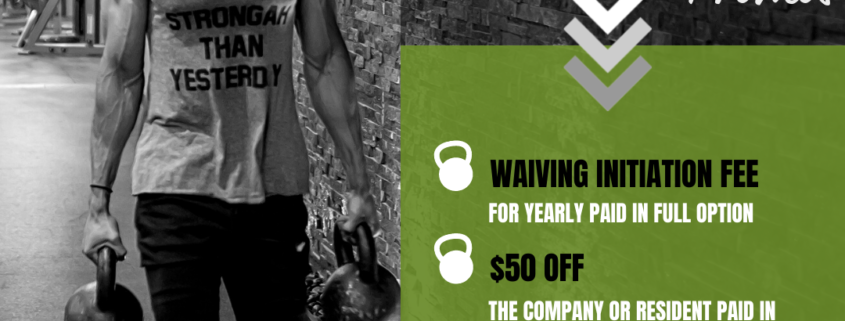


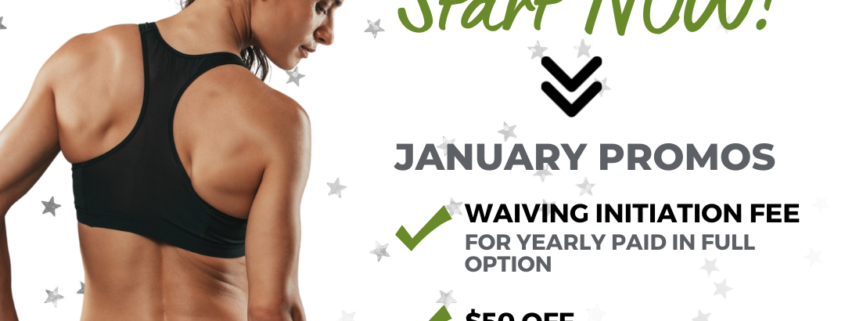

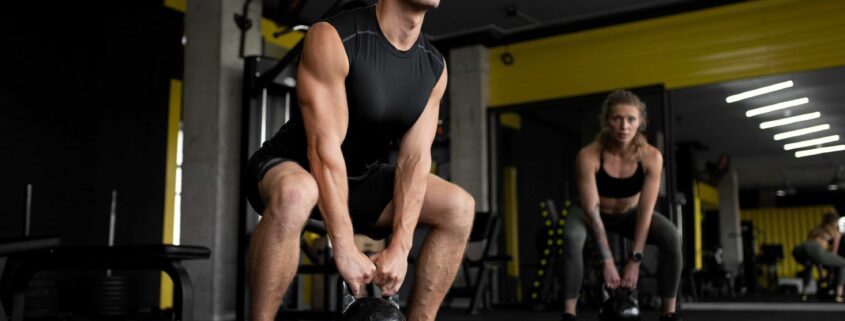

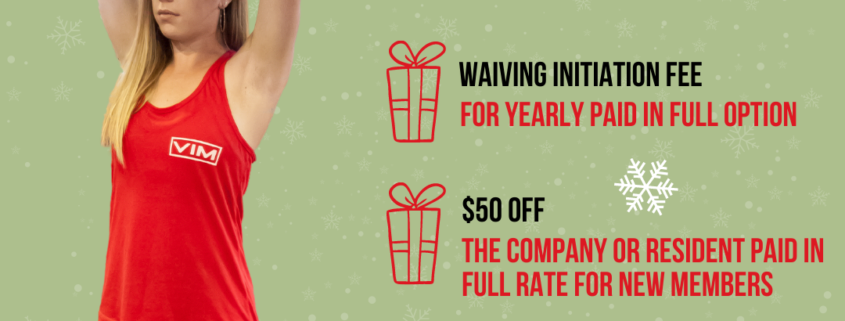
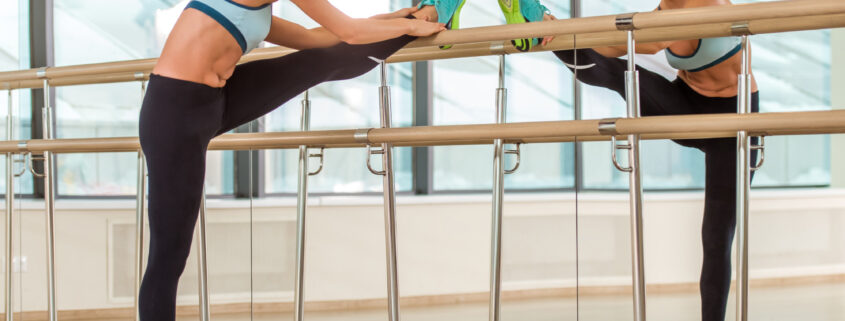




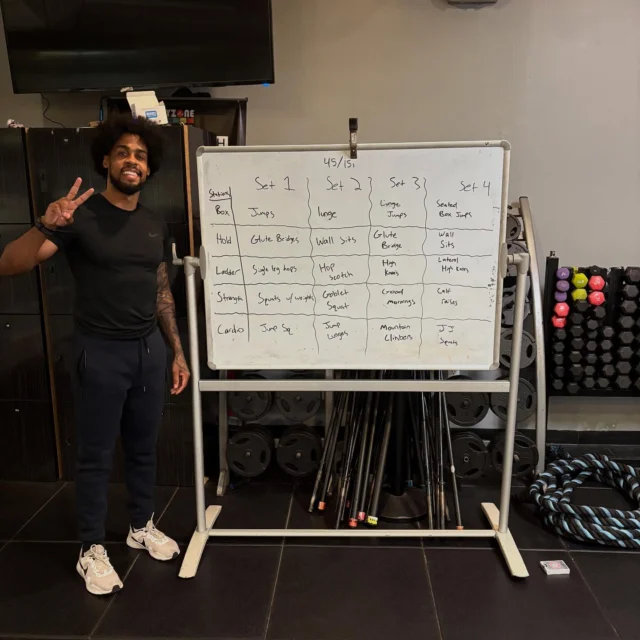
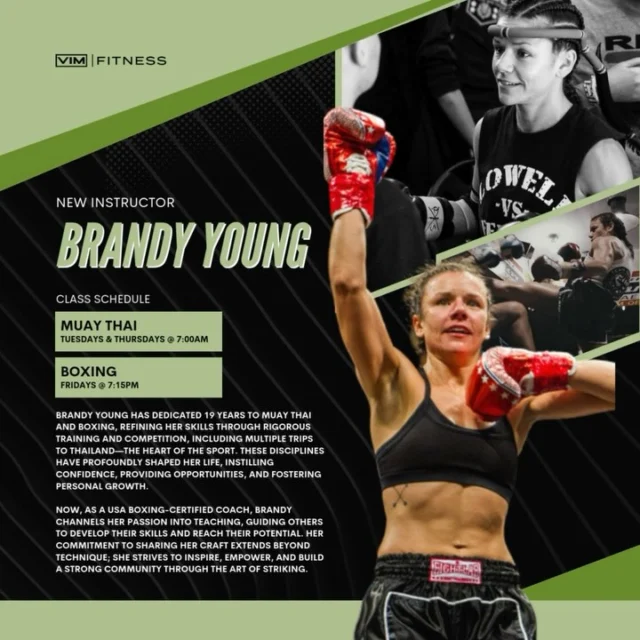
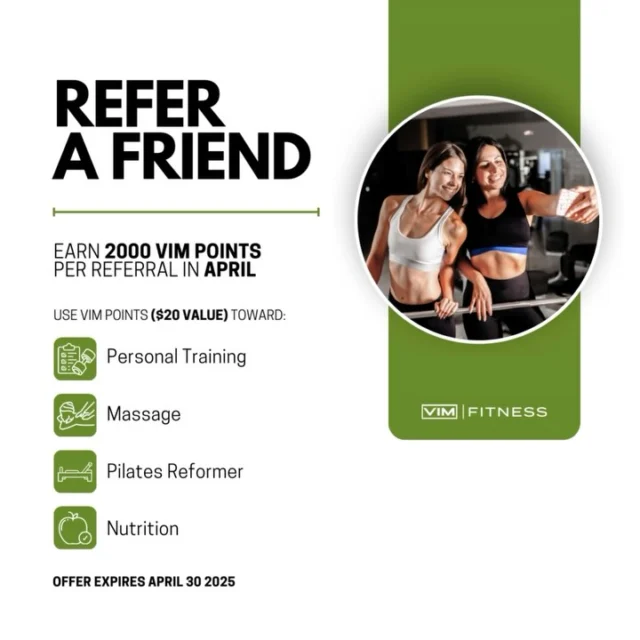
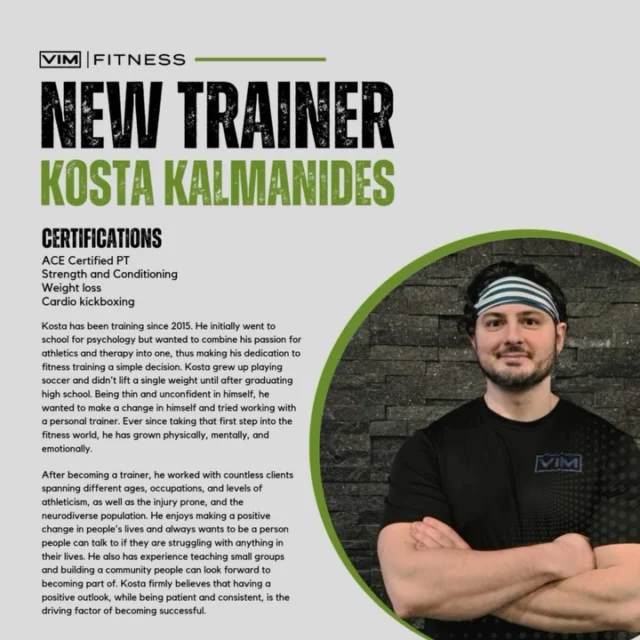
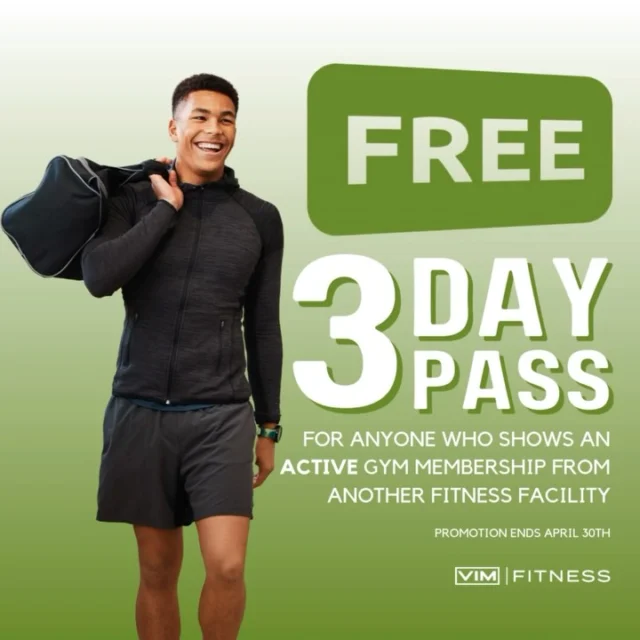
 LIMITED TIME DEALS FOR APRIL
LIMITED TIME DEALS FOR APRIL
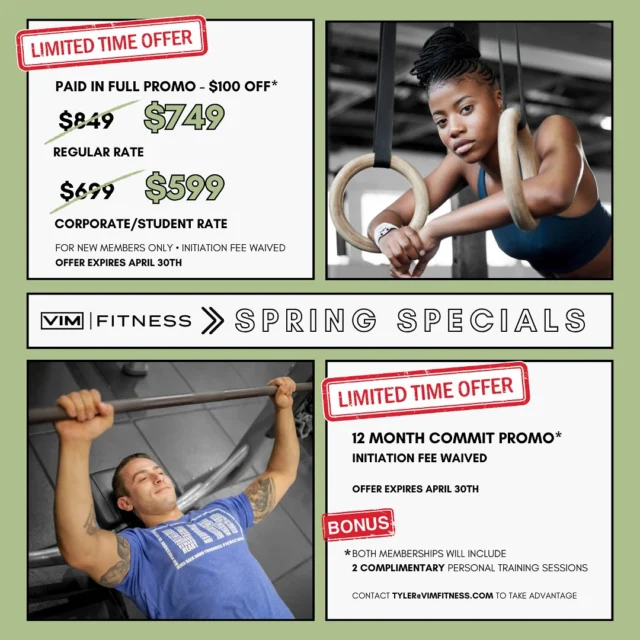

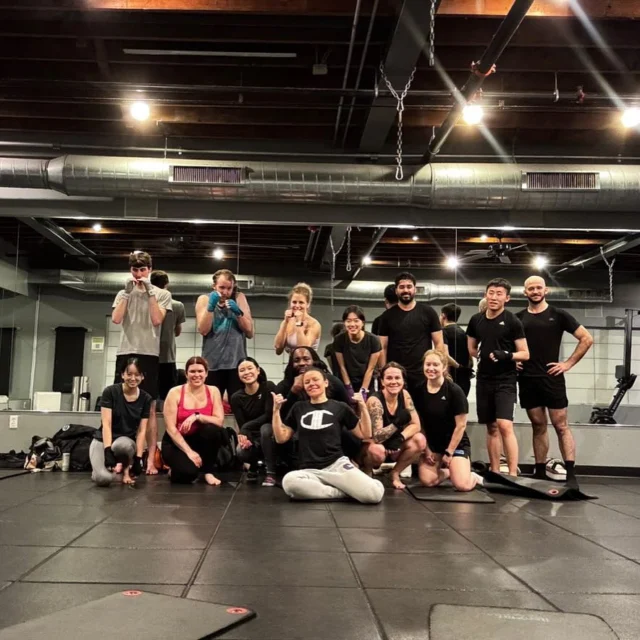
 SPRING SCHEDULE
SPRING SCHEDULE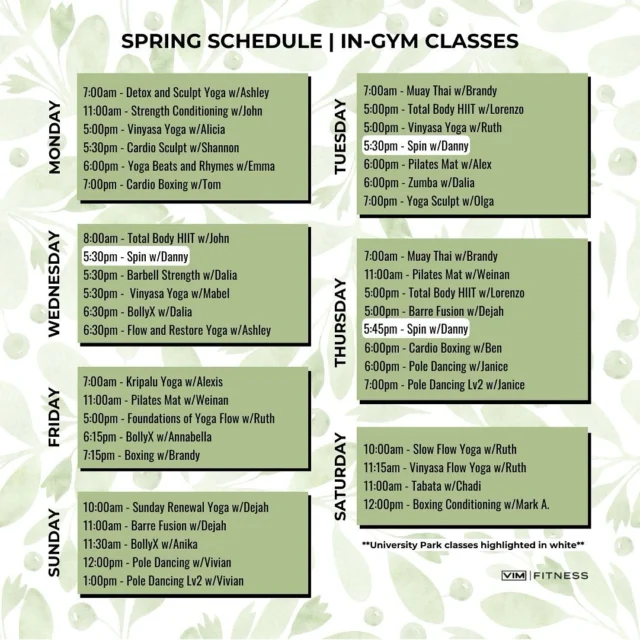
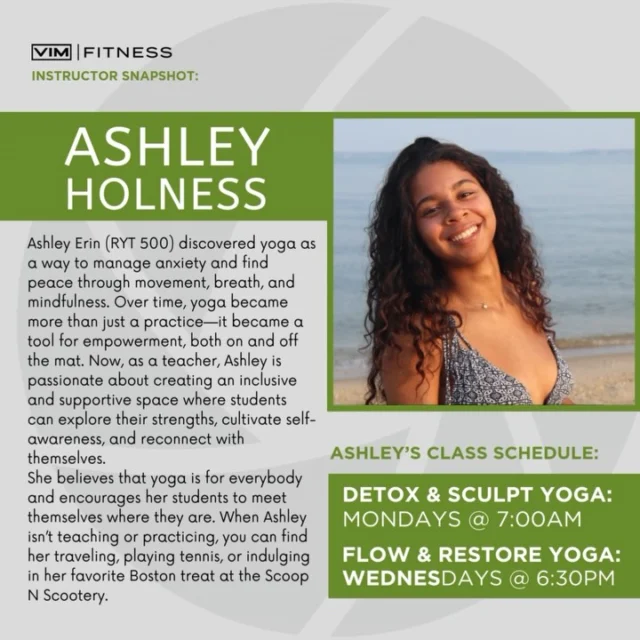
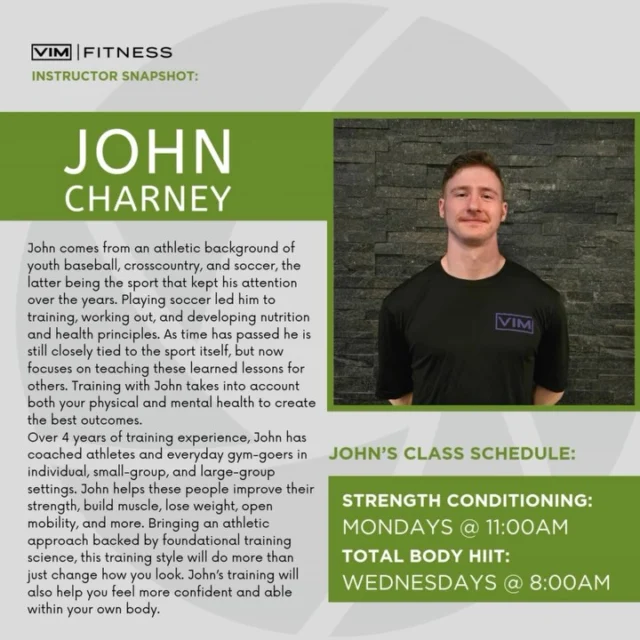
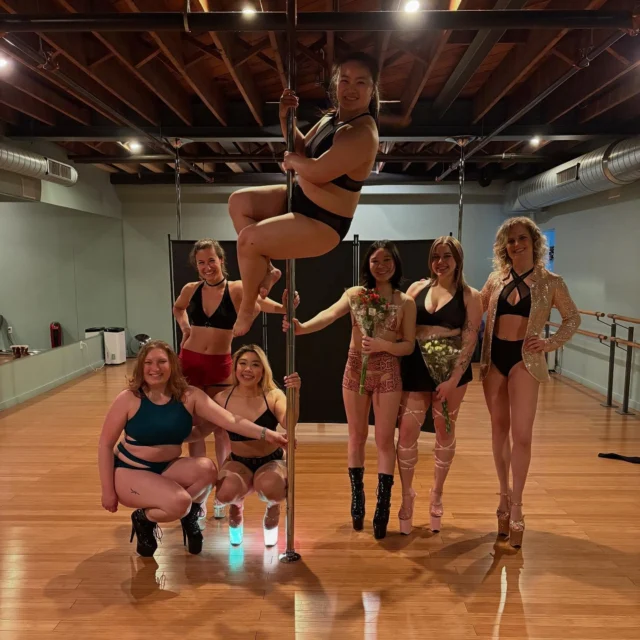
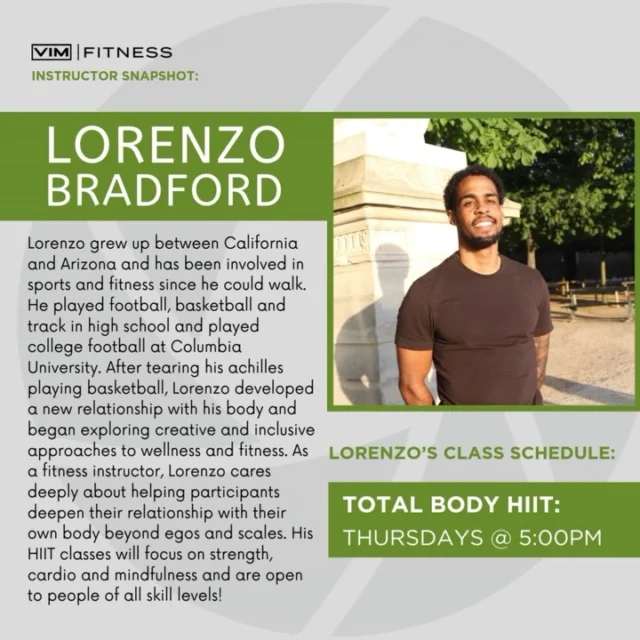
 Happy St. Patty’s Day
Happy St. Patty’s Day



